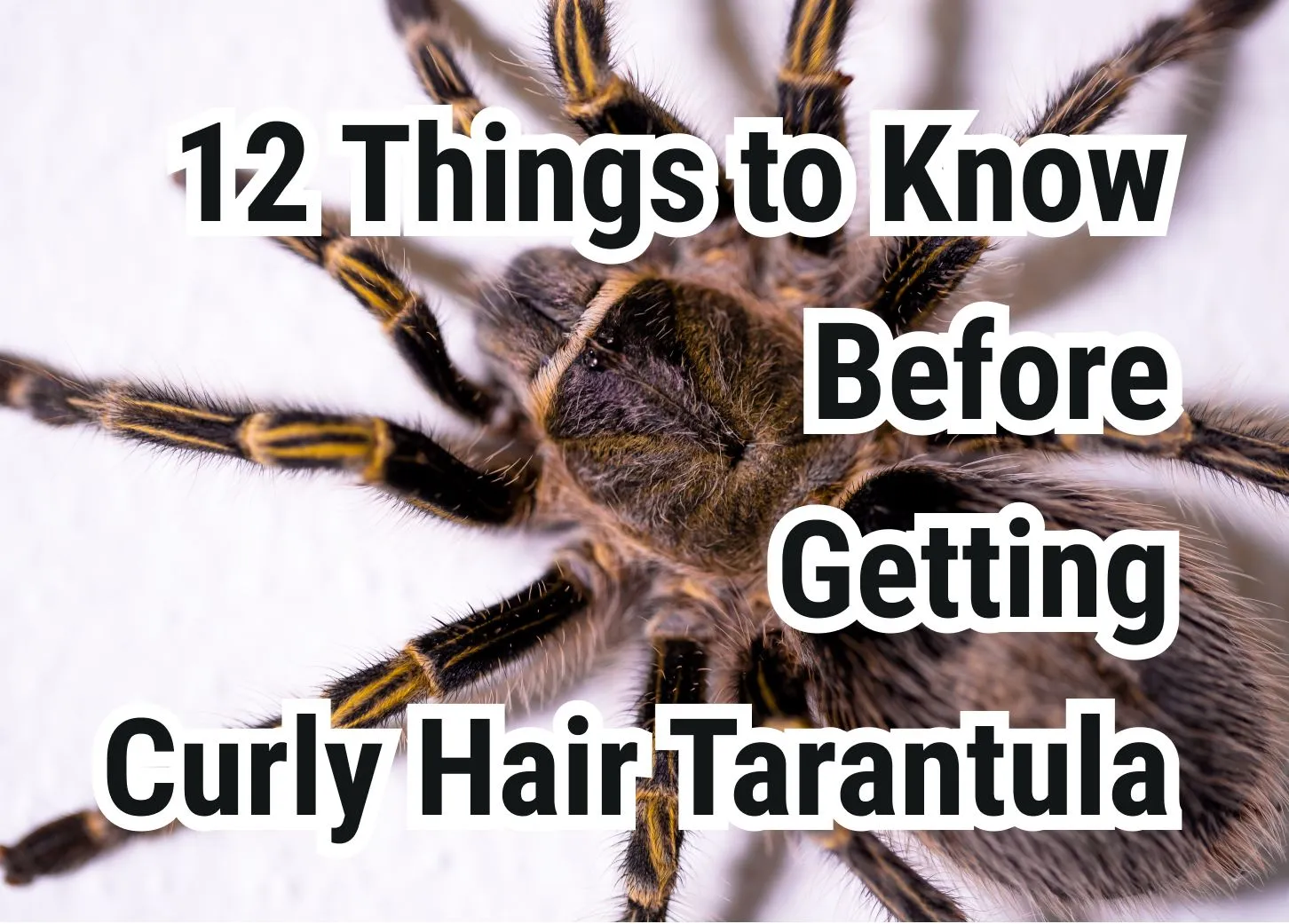What is Urticating Hairs and Why Do Tarantulas Have Them?
Tarantulas, those fascinating arachnids, have a unique defense mechanism that involves urticating hairs. These specialized hairs are not just ordinary body coverings; they are a key part of a tarantula’s arsenal against potential threats. These hairs are located on the abdomen of most New World tarantula species, and they serve as a primary defense against predators. Understanding urticating hairs is crucial for any tarantula owner, as it directly relates to the animal’s well-being and care. These hairs can cause significant irritation if they come into contact with skin or mucous membranes.
How Urticating Hairs Work
Urticating hairs are barbed and designed to detach easily from the tarantula’s body. When a tarantula feels threatened, it will often flick these hairs towards the perceived threat using its hind legs. Once the hairs make contact, they embed themselves into the skin, causing intense itching and irritation. The barbs on the hairs make them difficult to remove, prolonging the discomfort. The severity of the reaction varies depending on the species of tarantula and the sensitivity of the individual. Some people may experience only mild irritation, while others may have a more severe reaction, including redness, swelling, and persistent itching. It’s important to be cautious when handling tarantulas and to avoid direct contact with these hairs as much as possible.
The Purpose of Urticating Hairs
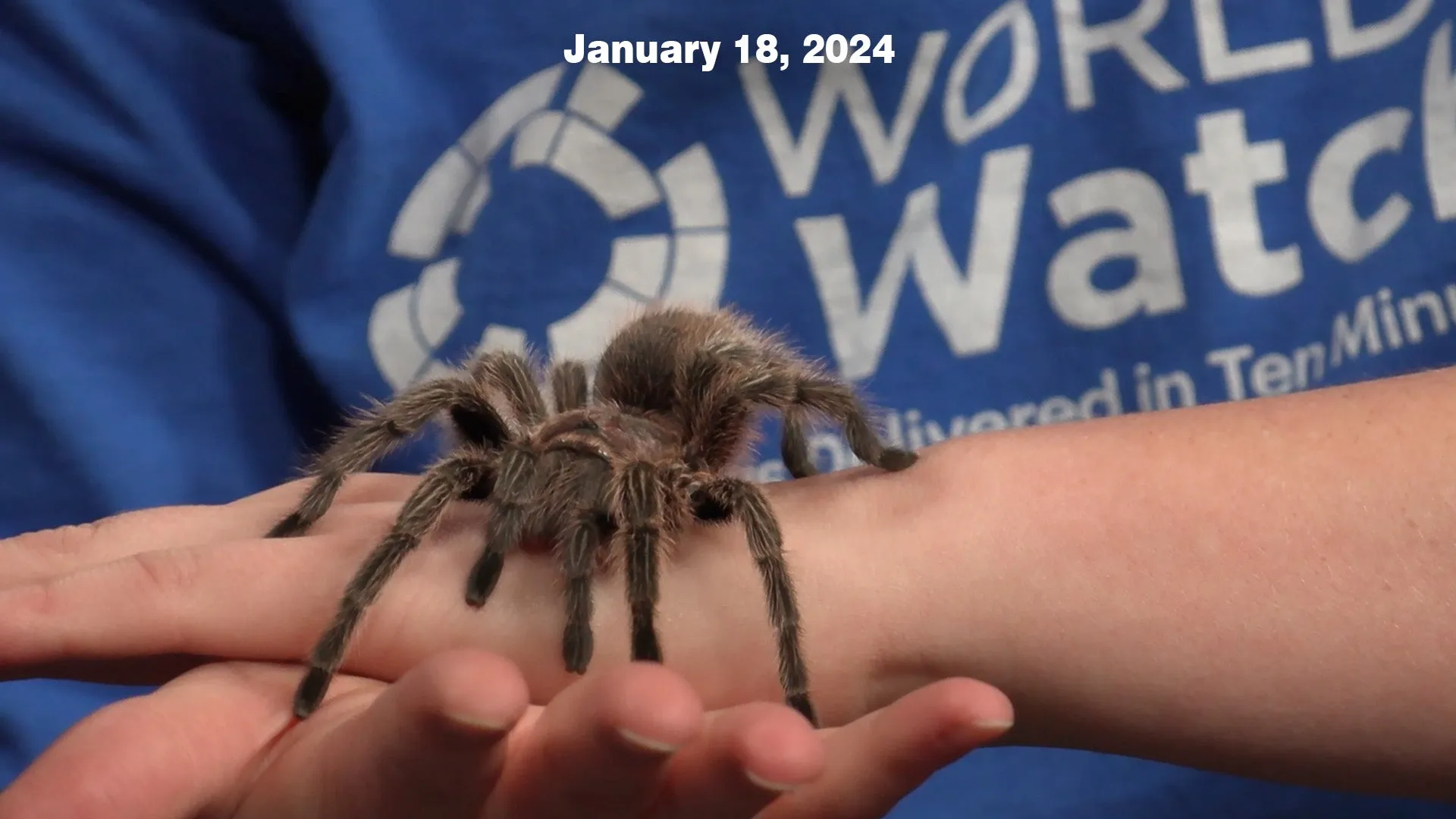
The primary function of urticating hairs is defense. In the wild, tarantulas are preyed upon by various animals, including birds, mammals, and other reptiles. When confronted by a potential predator, the tarantula will use its urticating hairs as a deterrent. The hairs cause immediate discomfort, discouraging the predator from continuing its attack. This defense mechanism gives the tarantula time to escape or find refuge. In addition to defending against predators, urticating hairs may also play a role in defending the tarantula’s eggs. Females often incorporate urticating hairs into their egg sacs, which helps to protect the developing spiderlings from harm. This defense strategy ensures that the tarantula population survives and thrives in the ecosystem.
Top 5 Causes of Tarantula Hair Loss
Observing hair loss in your tarantula can be concerning, but understanding the potential causes can help you provide the best possible care. Several factors can lead to hair loss, ranging from natural processes to environmental stressors. Recognizing these causes allows you to take appropriate steps to ensure the health and well-being of your pet. Here are the top 5 reasons why your tarantula might be losing its urticating hairs, and what you can do about it. Addressing these issues can prevent further loss and keep your tarantula healthy and comfortable.
Moulting
Moulting, or shedding their exoskeleton, is a natural process for tarantulas. Before moulting, tarantulas often lose a significant amount of hair as the old exoskeleton detaches. This is a normal part of the process and nothing to worry about. The tarantula’s new exoskeleton will have a fresh set of urticating hairs. Ensure your tarantula has a safe and undisturbed environment during moulting. Provide adequate humidity and avoid handling during this vulnerable time. Hair loss during moulting is a sign of growth and renewal for the tarantula. The new exoskeleton will be a fresh start, replacing old or damaged hairs with new ones.
Stress
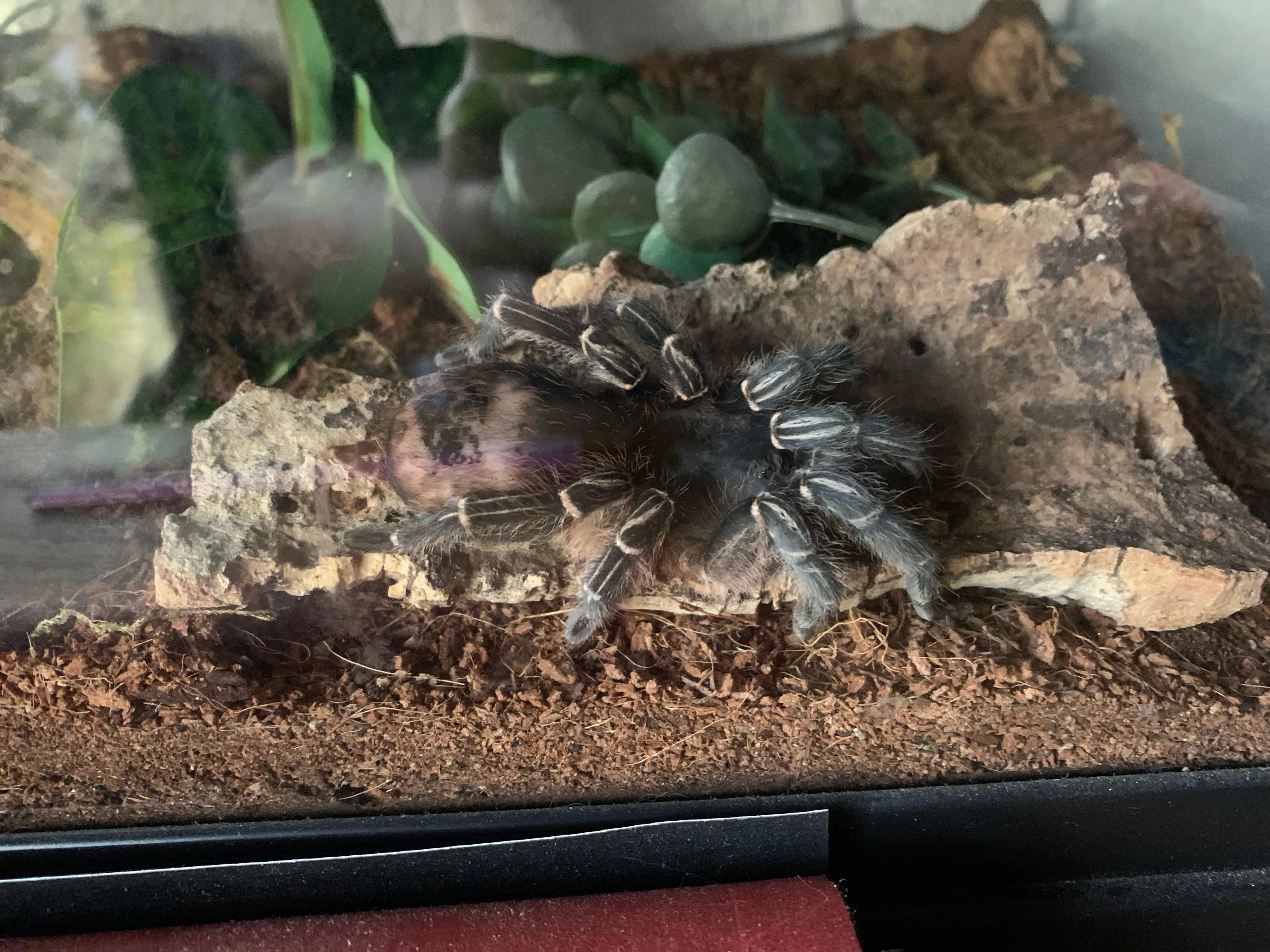
Stress can be a significant contributor to hair loss in tarantulas. Tarantulas are sensitive to changes in their environment and any perceived threats. Stress can cause them to flick their urticating hairs more frequently as a defense mechanism. Common stressors include frequent handling, vibrations, loud noises, and changes in temperature or humidity. To minimize stress, keep the tarantula’s enclosure in a quiet, stable location. Avoid unnecessary handling, and ensure the enclosure is the correct temperature and humidity levels for the species. A stressed tarantula may also exhibit other behaviors, such as hiding excessively or refusing to eat. Addressing the source of stress will often help reduce hair loss and improve the overall health of your pet. The image shows a stressed tarantula, a sign that it is losing its hair.
Dehydration
Dehydration can lead to hair loss in tarantulas. When tarantulas do not receive enough moisture, their bodies become stressed, and their overall health suffers. Dehydration can make the tarantula more likely to flick its urticating hairs. Signs of dehydration include a shrunken abdomen, lethargy, and a loss of appetite. To prevent dehydration, ensure your tarantula has a constant supply of fresh water. Regularly mist the enclosure to maintain proper humidity levels. Provide a water dish and monitor your tarantula for any signs of dehydration. Dehydration can also make the tarantula’s exoskeleton more brittle. The image showcases a dehydrated tarantula and the effects of insufficient hydration.
Poor Substrate
The substrate in a tarantula’s enclosure plays a vital role in maintaining humidity and providing a comfortable environment. If the substrate is not suitable, it can lead to hair loss. Substrates that are too dry or too dusty can irritate the tarantula’s exoskeleton, causing them to flick their hairs. The substrate should be appropriate for the tarantula’s species and should hold moisture without becoming waterlogged. Avoid using substrates that contain harmful chemicals or sharp particles. Regularly clean and replace the substrate to prevent the buildup of waste and bacteria. Choose substrates that provide the right humidity to prevent tarantula hair loss. A poor substrate is a contributing factor to a tarantula losing its hair.
Handling
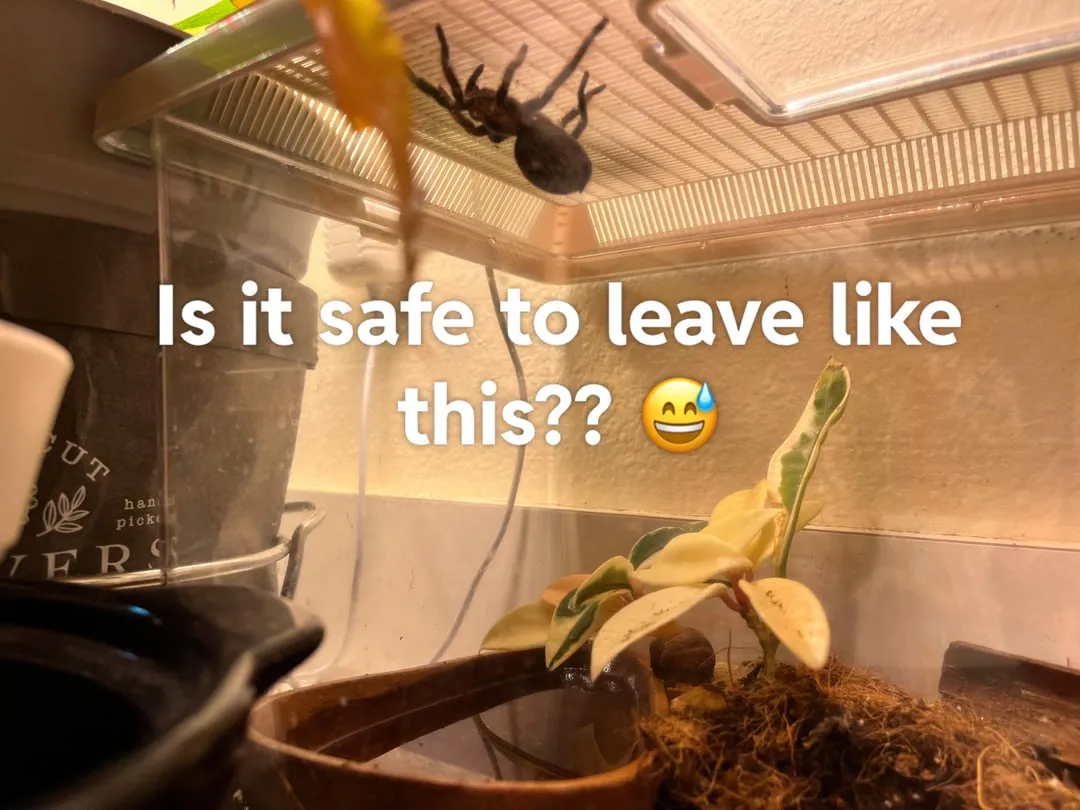
Frequent handling is another cause of hair loss in tarantulas. While some tarantulas may tolerate handling, it can be stressful for others. When handled, tarantulas often flick their urticating hairs as a defense mechanism. Excessive handling can cause the tarantula to lose a significant amount of hair. If you must handle your tarantula, do so cautiously and gently. Avoid any sudden movements that might startle the tarantula. Consider using a soft brush to gently encourage the tarantula to move rather than picking it up. Minimize handling to reduce stress and prevent hair loss. The image shows the best way to handle a tarantula safely, minimizing the chances of hair loss.
How to Prevent Hair Loss in Tarantulas
Preventing hair loss in tarantulas involves providing the right environment and care. By addressing the common causes of hair loss, you can ensure your tarantula remains healthy and comfortable. These preventative measures will protect your pet from losing its urticating hairs. Simple steps can make a huge difference in the overall health and well-being of your tarantula. It is important to focus on maintaining optimal conditions and minimizing stress.
Maintaining Proper Humidity
Maintaining the correct humidity level is crucial for preventing hair loss. Tarantulas need specific humidity levels based on their species. Use a hygrometer to monitor the humidity in the enclosure. Mist the enclosure regularly to maintain the desired humidity. Ensure there is adequate ventilation to prevent mold growth. Proper humidity helps keep the tarantula’s exoskeleton flexible and reduces the likelihood of hair loss. The correct humidity prevents dehydration, keeping your tarantula comfortable and healthy.
Providing a Suitable Substrate
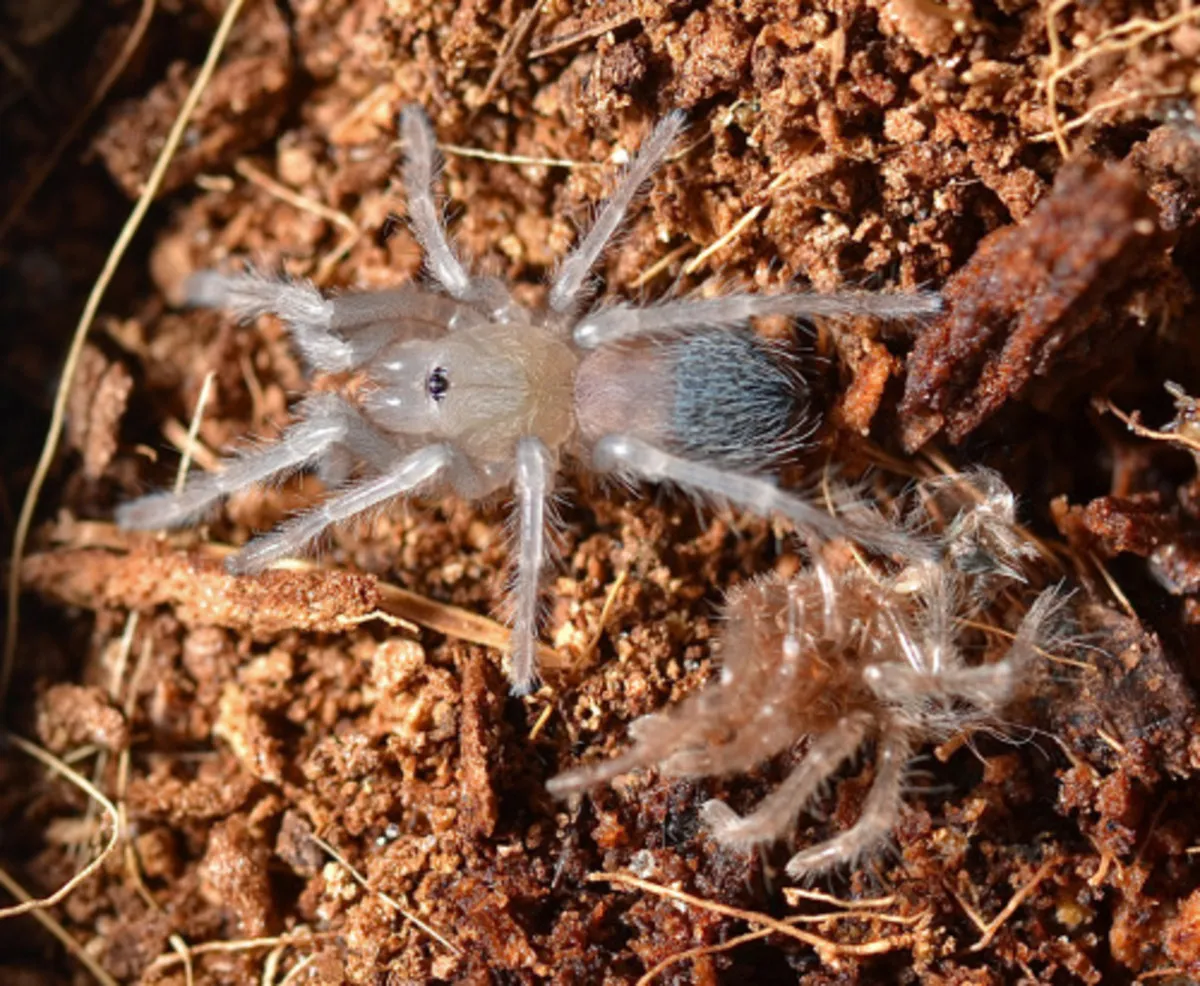
A suitable substrate is essential for your tarantula’s well-being. Choose a substrate that matches the tarantula’s natural habitat and needs. The substrate should retain moisture, allowing the tarantula to burrow and feel secure. Avoid substrates that are too dusty, as they can irritate the tarantula’s exoskeleton. The substrate should be clean and free from harmful chemicals. Regularly replace the substrate to keep the enclosure clean. Appropriate substrate choices can make a positive difference in your tarantula’s health and comfort. The image demonstrates proper substrate for a tarantula to minimize hair loss.
Minimizing Handling
Minimize handling to reduce stress and the risk of hair loss. Handle your tarantula only when necessary, such as for health checks or enclosure maintenance. Avoid sudden movements and handle the tarantula gently. If you must handle your tarantula, do so over a soft surface to prevent injury if it falls. The fewer times you handle your tarantula, the less likely it is to flick its urticating hairs. If you observe your tarantula becoming stressed during handling, cease the activity immediately. Minimizing handling promotes a stress-free environment.
Ensuring Proper Nutrition
A healthy diet is essential for your tarantula’s overall health and can help prevent hair loss. Feed your tarantula a varied diet of appropriate insects. Ensure that the insects are gut-loaded with nutritious food before feeding them to your tarantula. Provide fresh water at all times. A well-nourished tarantula is less likely to experience stress and health issues. Supplementing the diet with vitamins or minerals may be beneficial for certain species. The proper nutrition contributes to the health and well-being of your tarantula.
When to Consult a Veterinarian
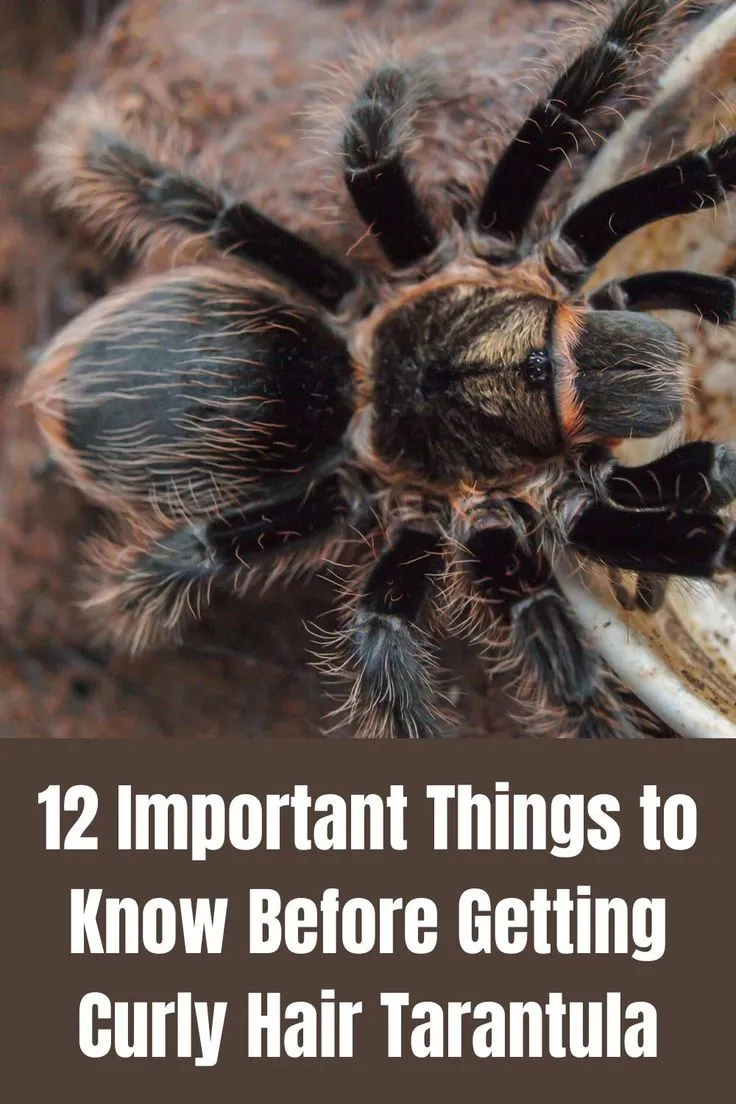
While some hair loss is normal, excessive hair loss can be a sign of a more serious underlying issue. If you notice significant hair loss, along with other symptoms such as loss of appetite, lethargy, or changes in behavior, consult a veterinarian specializing in exotic pets. A veterinarian can diagnose any underlying health problems and recommend appropriate treatment. Early intervention can prevent the condition from worsening and ensure your tarantula’s health and well-being. A veterinarian can provide specialized care and expertise that you may not be able to provide on your own. Seeking professional help is a sign of responsible pet ownership.
In conclusion, tarantula hair loss can be caused by a variety of factors, ranging from natural processes like moulting to environmental stressors like stress and dehydration. By understanding the causes of hair loss and implementing preventive measures, you can ensure your tarantula lives a long, healthy, and comfortable life. Remember to provide the correct environment, minimize handling, and seek professional help if you have concerns. Taking these steps will help your tarantula thrive. Always prioritize your tarantula’s well-being by addressing the factors that may lead to hair loss.
